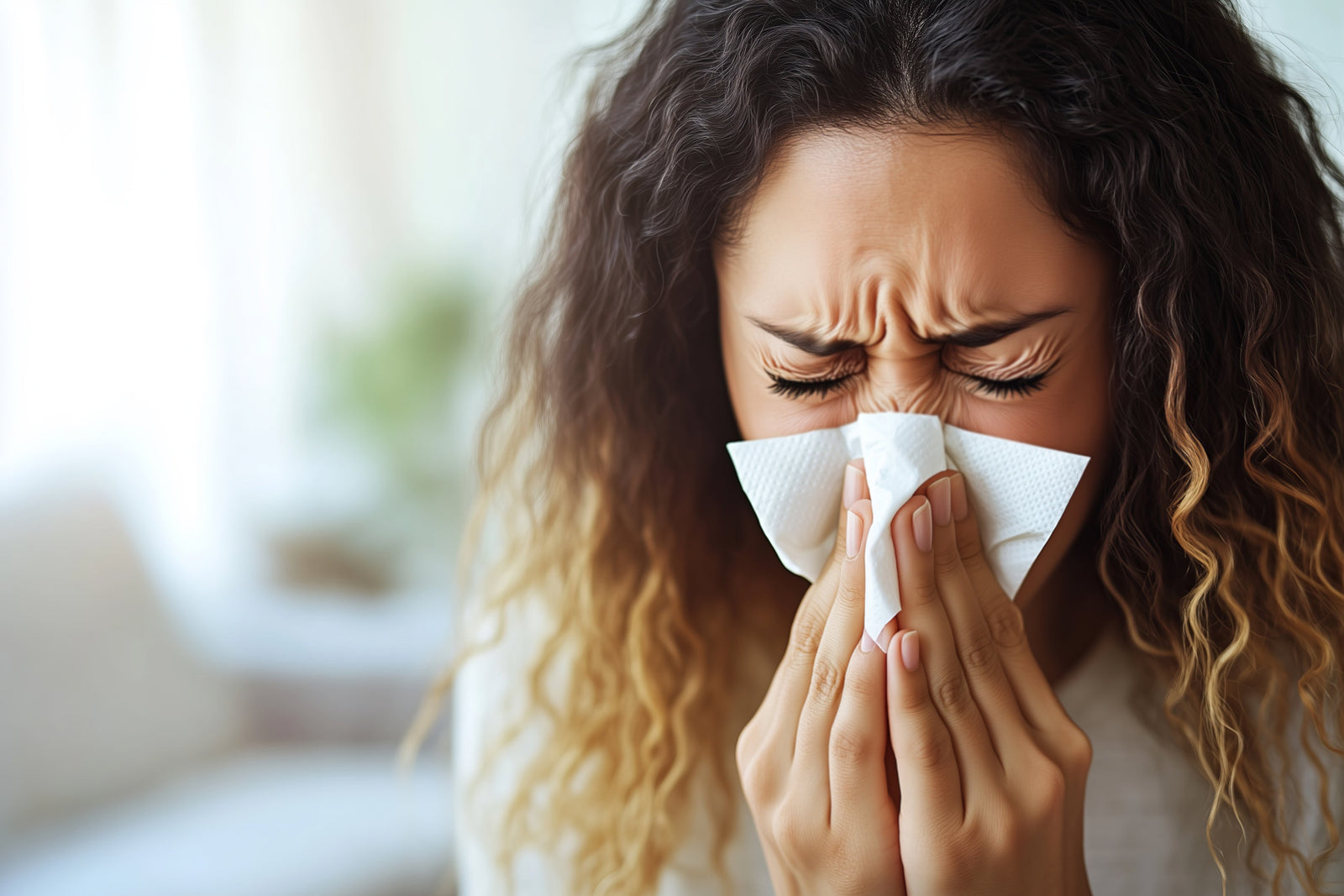
That’s it.
You’ve had it.
The chronic, debilitating, blinding pain. That constant thorn in your side that is ever-present. It’s like that “friend” that just can’t take a hint that you really don’t want them around.
Whether you recently received a medical diagnosis or have been well acquainted with pain for years, this article is for you.
Here are seven tips for managing and coping with chronic pain.
1. Drug Therapy
Over the Counter Drugs
If you experience constant muscle aches & pains, stiffness, inflammation, and swelling, your doctor might suggest over the counter drugs like acetaminophen (Tylenol) and nonsteroidal anti-inflammatory drugs (NSAIDS). Or if you live with arthritis, talk to a medical professional about topical creams, which can be applied directly to the area of concern. Alternatively, for those who prefer a more holistic approach, check out turmeric, which can have great pain-relieving properties, especially for knee pain due to osteoarthritis.
Another holistic alternative which could potentially help cope with chronic pain are molecular hydrogen tablets as antioxidants. These type of antioxidant may specifically targets pain caused by neuropathic damage. While the testing process is still in the early stages, these new supplements show serious promise as evidenced in their pre-clinical testing.
For injections and prescription medications (like Botox, opioids, adjuvant analgesics, etc.), get with your doctor to review your symptoms and determine which strategies will help you cope with chronic pain.
And as always, consult your doctor before starting any new supplements, medication, or changes in your diet.

Choosing A Doctor
Speaking of doctors and medical professionals, how do you even choose one to help you on this journey to recovery? With so many different types of doctors, each with a different set of abbreviations and specialities, it can be completely overwhelming.
A good place to start is finding a quality primary care physician (PCP). While your PCP might not diagnose you with your particular chronic pain, he or she can definitely run some tests to refer you to the right specialist. Once you arrive at the specialist’s office, ask questions! Get specific, like:
○ What’s your experience treating this particular type of chronic pain and what sort of treatment options are available?
○ What education and experience do you have that makes you qualified to treat my chronic pain?
○ Have other chronic pain patients had success with your treatments?
○ How many treatments will I need before I see improvement?
You might also double-check that your medical professional accepts your insurance. There’s nothing worse than discovering insurance won’t cover a penny for the treatments you just received.
2. Exercise
We all know. Exercise, exercise, exercise. But what kind of exercise is best? And just what does it do?

Ted Jones, PhD, a psychologist and pain expert, recommends gentle exercises, like swimming, walking, and low-intensity yoga. Others, like Nobel Prize-winning Dr. Elizabeth Blackburn, recommend Tai Chi, Qi Gong, or chair yoga to keep stiff joints mobile and loose.
These exercise routines also happen to be insanely good for your mental and genetic health. A significant amount of pain stems from tight and stiff muscles; so if you want to treat that chronic pain, loosen up them muscles!
These exercise routines can also aid in:
○ Strengthening muscles
○ Improving joint mobility
○ Creating and releasing endorphins
○ Reducing anxiety and depression
○ Decreasing stress levels
○ Improving sleeping patterns
So get out your yoga mat and a nice warm cup of tea and get after it! (Or your swimsuit and broad-spectrum sunscreen if you’re a summer babe like me.)
Always talk to your doctor or physical therapist first before starting a new exercise routine.
3. Mindful Meditation & Guided Imagery
Continuing on from my last topic, relaxation and stress reduction are great ways to manage living with chronic pain. Another key technique to consider is Mindful Meditation, which is essentially a way to harness the mind’s ability to regulate pain. Pain-management guru Dr. Roderick Borrie states that by learning to focus and control your mind, you can create an environment that makes pain more tolerable.

And before you say that’s a bunch of mumbo jumbo, consider the fact that more than 15 separate studies on this topic have been published.
In the last 6 months!
And by people much smarter than me, like psychologist Dr. Laura Vagnoli Dr. Laura Vagnoli, pain management specialist Dr. Desirae Christian, musculoskeletal medicine specialist Dr. George Chang-Chien, and many others.
Guided imagery shares similarities with Mindful Meditation in that it connects to the “quiet” portion of the brain, which signals the body relaxation responses. This is the same connection that also relaxes us during yoga, tai chi, and quiet walks along the beach. If you’re still a little hesitant to try these techniques, simply start with deep breathing (breathe in for 7 seconds, out for 8 seconds and repeat for 1 minute).
4. STOP SMOKING
Everybody clap with me:
*QUIT* *THE* *CIGARETTES*
Along with it being terrible for your lung tissue, smoking can cause increased low back and neck pain, physical chronic musculoskeletal pain, and psychological pain. You’re not doing anyone any favors by smoking and certainly not yourself.
Just stop. Enough said.
5. Diet
Along with exercise, proper diet is key to managing chronic pain. But also one of the most difficult to maintain for many reasons. We all know that we should eat more wholesome foods and less of the junk food, but why? Why pay attention to the foods we put in our body, especially when dealing with chronic pain?
Dietician and nutrition consultant Susan McQuillan states that “diet is an effective weapon against pain and inflammation. Inflammation is directly related to joint pain and stiffness; those with rheumatoid arthritis and non-rheumatoid arthritis know this all too well. Furthermore, inflammation strongly correlates with body fat.
Weight Loss = Pain Loss!
With that in mind, what foods reduce inflammation?
...Anti-inflammatory foods!
○ Probiotics and Prebiotics – Look for probiotic foods with live bacterial cultures like plain yogurt, kefir, sauerkraut and prebiotic foods like bananas, oatmeal, legumes, and other complex carbs.
○ Omega-3 fatty acids – while an omega supplement can be beneficial, it’s better to obtain it from a natural source, like salmon, tuna, avocados, flaxseed, and walnuts. Besides, why take a boring pill when you can have juicy, mouth-watering salmon baked to perfection with a hint of lemon and olive oil (my personal favorite recipe). #TheNextGordonRamsay #NotReallyButIWish
○ Colorful fruits – look for bright yellow, orange, and red fruits like carrots, squash, cantaloupe, watermelon, and tomatoes, which are stuffed to the brim with carotenoids. Aka, antioxidants that fight inflammation. Other antioxidant-rich foods include blueberries, strawberries, plums, and apples, to name a few.
○ Leafy vegetables – superhero carotenoids are also found in dark green vegetables like kale and spinach.

Summary: make your plate as colorful as possible!
6. Log Pain Levels
Whether you’ve been suffering from long-term pain as long as you can remember or if you’re new to this illness, keeping a pain journal can help you cope with the pain by documenting your day-to-day wellness.
Typically, a pain journal records the type of pain, how severe the pain is, what you were doing when the aches were triggered, when the discomfort started, and what alleviates the pain.
A pain journal can be useful to both you and your doctor in deciding your trigger points and the best way to combat those.
It can also indicate what activates decreased your pain, giving you better idea how to cope with chronic and widespread pain.
What to Document in Your Pain Journal?
○ Pain Scale Rating: use a 0-10 rating scale (or whatever you want; it could be from a cat licking your face to a sabretooth tiger mauling your legs!)
○ Pain Adjectives: get specific with your pain. Does it tingle? Pulsate? Itch? Burn? Ache? Does it alternate between sensations?
○ Describe Your Mood: are you depressed, tired, anxious, apathetic?
○ Time of Day: track when you hurt the most. Morning, night, before dinner, after you shower?
○ Note Your Activities: document what you were doing when the pain started. Working out (what type of exercise?), getting out of bed, making lunch, etc.
○ Outside Factors: take note of the weather; is it raining, sunny, hot, cold, windy, humid, etc?

By logging your pain, you can begin to learn how to manage the pain, discover your trigger points, and how to avoid them.
7. Acceptance
“Happiness can exist only in acceptance.” ~ George Orwell
Acceptance doesn’t seem like an obvious answer, and, to some, it might feel like giving up.
But here’s the deal: the way we think about pain is critical to overcoming it.
“Catastrophizing” – telling yourself that the pain is the most horrible, absolute worst-case scenario, and it won’t ever get better – is the worst outlook you can have and you’re essentially setting yourself up for failure.
Cognitive Behavior Therapy (CBT) and Acceptance and Commitment Therapy (ACT) can be powerful techniques in changing our outlook from a “why me” to “what now” perspective. While the chronic pain might never completely leave (unfortunately), CBT and ACT can (fortunately) help you develop personal coping strategies to manage the pain.
References
- https://bmcmusculoskeletdisord.biomedcentral.com/articles/10.1186/1471-2474-5-28
- https://nccih.nih.gov/health/turmeric/ataglance.htm
- https://www.ncbi.nlm.nih.gov/pmc/articles/PMC4062523/
- http://www.theacpa.org/wp-content/uploads/2017/08/ACPA_Resource_Guide_2017.pdf
- https://journals.sagepub.com/doi/pdf/10.5301/jeppd.5000283
- https://practicaldermatology.com/articles/2018-june/botox-in-the-masseter?c4src=issue:feed
- https://www.practicalpainmanagement.com/patient/treatments/alternative/30-expert-tips-managing-chronic-pain?page=6#top
- https://www.theglobeandmail.com/life/health-and-fitness/health/how-maintaining-your-telomeres-can-help-you-agehealthily/article33618022
- https://link.springer.com/article/10.1007/s00431-019-03376-x
- https://link.springer.com/chapter/10.1007/978-3-319-99124-5_84
- https://link.springer.com/chapter/10.1007/978-3-319-99124-5_229
- https://www.medicalnewstoday.com/articles/324417.php
- https://www.sciencedirect.com/science/article/abs/pii/030646039190002Y
- https://www.practicalpainmanagement.com/patient/treatments/alternative/9-ways-reduce-inflammation-pain-through-diet
- https://www.wellplated.com/baked-salmon-in-foil/
- https://www.verywellhealth.com/should-i-keep-a-pain-journal-2564416
- https://www.brainyquote.com/authors/george_orwell
- https://www.practicalpainmanagement.com/patient/treatments/alternative/30-expert-tips-managing-chronic-pain?page=0#top




Leave a comment (all fields required)